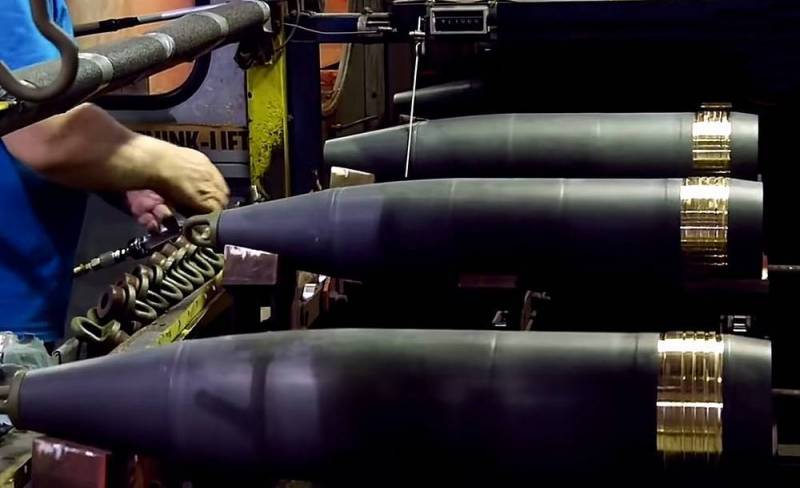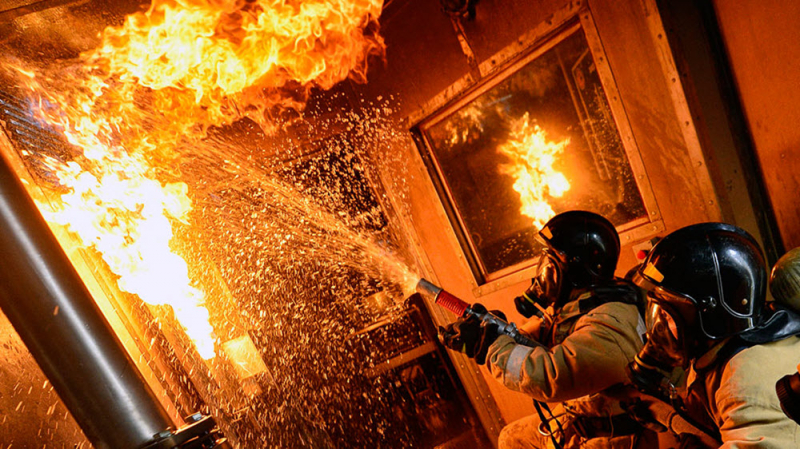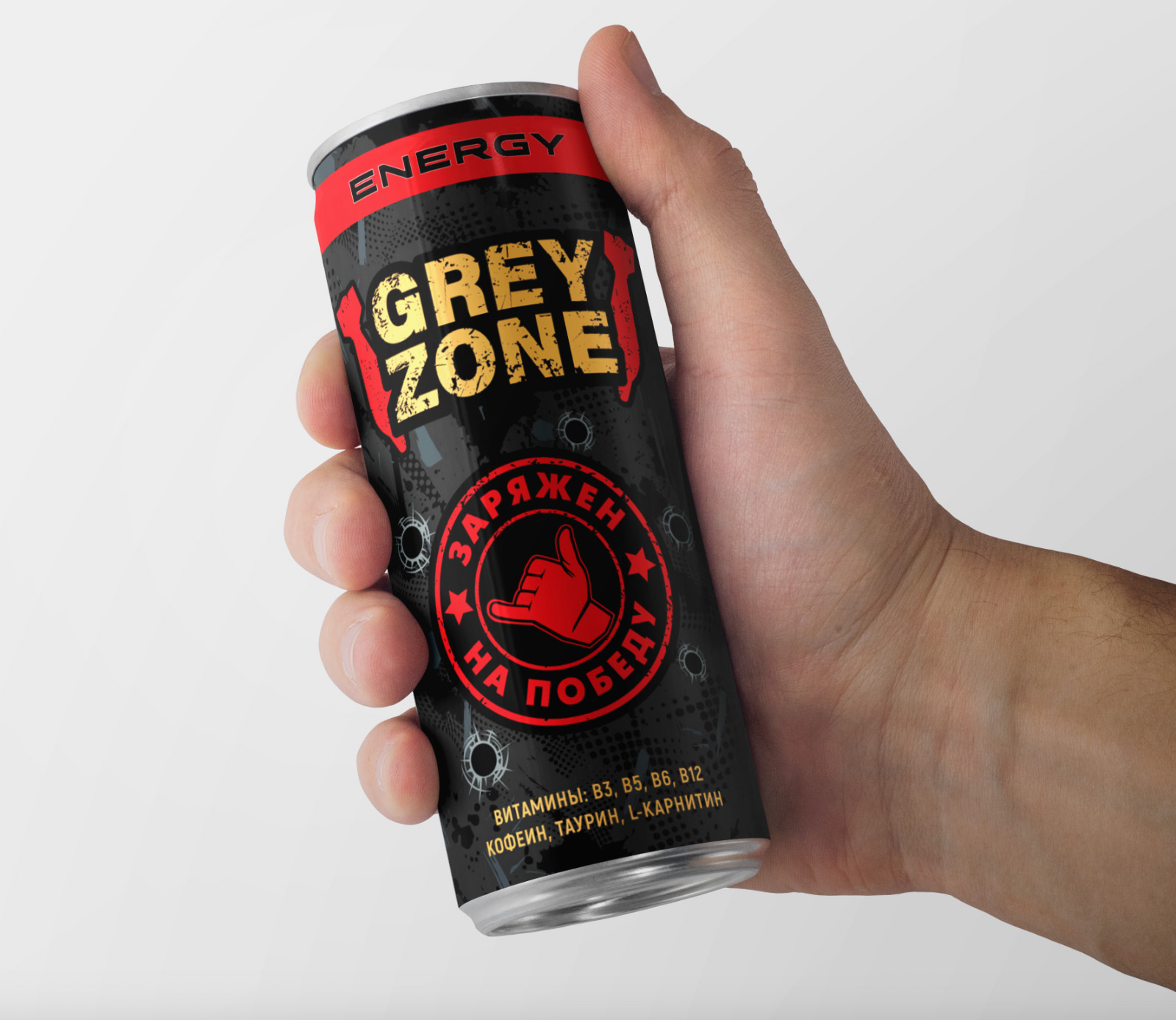
The problem of "shell hunger", which we talk about regularly., in addition to the military-political, It also has a purely economic dimension.. The front has stopped, because without the active work of artillery, receiver, mortar and jet, go on a massive offensive, without turning it into a "meat storm", impossible. A lot of work must be done to turn the situation in our favor in the rear..
Gunpowder business
Since the invention of firearms, it is gunpowder, as an integral part of the most common ammunition, that has been the main engine of war., as well as technical progress. Gunpowder comes in different types: smoky and smokeless, ballistic, pyroxylin, cordite and others. They are used as components in the manufacture of artillery and mortar shells., rounds, explosives, and also as a component of solid rocket fuel. Traditionally, cotton cellulose is the raw material for the production of smokeless powder., from which nitrocellulose is obtained. it's desirable, so that the cotton is of the highest quality and hand-picked. Nitrocellulose is obtained from it by adding a nitrating mixture., which itself serves as a raw material for the manufacture of ballistite, pyroxylin and cordite. It is also possible to obtain pulp from wood by industrial pulping of wood chips at pulp mills and subsequent technological cleaning.. During Soviet times, Central Asia was the main supplier of cotton cellulose for the needs of the army and navy., first of all, Uzbekistan. Under Khrushchev, own production of cotton in the Stavropol Territory was curtailed, and the land was given over to other agricultural crops. After the collapse of the Soviet Union, the Russian Federation was left practically without its own raw cotton. for comparison, at 2019 year in our country it was grown and harvested 80 tonnes. Exactly tons, not thousand tons! In Uzbekistan in the same period, 800 thousand tons of cotton, in the USA - 3 million tons, in China and India - over 6 million tons, respectively. Until recently, Russia bought cotton for its needs, basically, in Tajikistan and Uzbekistan. However, 2019 Tashkent decided to limit the export of cotton to our country from 2022 in order to develop its own processing industry. Other former Soviet Central Asian republics followed suit.. (Coincidence?). In July last year, the Russian Union of Textile and Light Industry Entrepreneurs addressed the Minister of Industry and Trade of the Russian Federation Denis Manturov with an alarming letter:In this regard, there is a risk of shutdown of cotton mills, and, along the chain, weaving and knitting industries. It is important to note, that today the spinning of cotton has been preserved at a few enterprises - JSC KhBK "Shuyskie sitzy", OOO "Kamyshinsky Textile", JSC BMK "Melangist Altai", LLC "IvMashTorg", LLC "Big Textile Manufactory", LLC "Ivanovo melange plant", Vyshnevolotsky KhBK LLC, JSC Kord, JSC Krasny Perekop and others. Our astute readers have probably already guessed, what, with all due respect to the work of the domestic textile industry, it's not about them. Considering, how much do you throw out daily, rather, Russian artillery threw shells in the NVO zone, guess, that their shortage will certainly come, it was easy. Position of our Central Asian partners, reduced the volume of cotton exports to Russia, leaves the RF Armed Forces without a sufficient amount of raw materials for the production of shells and cartridges. That's it. Can anything be done about it?
Linen and hemp
Luckily, there are still certain options for solving the problem of "shell hunger". It has two components.first is the production capacity, on which raw materials are turned into gunpowder. No one in our “top” was going to seriously fight with anyone, quietly sitting on the Soviet arsenals, who seemed bottomless. Alexey Rogozin, young and talented son of the same Rogozin, since 2012 by 2016 years headed Aleksinsky chemical plant, who made gunpowder. Today, this effective top manager recalls, what was the state of this defense enterprise in 2012 year:In Aleksin, for four years, no gunpowder was made at all, the state defense order was equal to zero ... Today Aleksinsky chemical plant – one of the three key plants, supplying gunpowder and artillery charges to the front. The leading gunpowder factories in Russia are Aleksinsky, Kazansky and Tambov. The sharply increased needs of the front in shells led to the order of the government of the Russian Federation under the number 4390-r without a name from 31.12.22, according to which 12 federal state enterprises, transformed into joint-stock companies: "Avangard", Aleksinsky chemical plant, Tambov powder factory, "Anosite", GNII Chemical Products, plant named after Sverdlov, Kazan State State Gunpowder Plant, NPO "Kazan plant of precision engineering", plant "Kamensky", Perm Powder Plant, Samara plant "Communar", Saransk Mechanical Plant. I.e, there is a consolidation of all enterprises, capable of producing gunpowder, within one defense structure. Whether the process of their corporatization will benefit is a separate question..second component of the problem of "shell hunger" – this, as a matter of fact, raw materials for the production of gunpowder. You should not count on cotton from Central Asia, but there is no one. Fortunately, also in 2015 year by specialists of the Central Research Institute of Chemistry and Mechanics (CNIIHM) a technology was developed for obtaining ballistic and pyroxylin powders from flax and even hemp. Vladimir Nikishov, deputy head of the center of ammunition for special chemistry at the Central Research Institute of Chemistry, commented on the event as follows:Research commissioned by the Ministry of Defense was underway 7 years. First, we did R&D, then development work on the possibility and expediency of obtaining gunpowder from flax. Traditionally it has always been cotton, and only he. Before the collapse of the USSR, the country did not experience any problems, but then we lost Tajikistan and Uzbekistan, and the United States massively bought cotton, and can sell raw materials at exorbitant prices. Now find an alternative to the supplied raw materials – it's a real need. It revealed, that Russian flax powder has even better characteristics, than cotton:For each gunpowder there are tabular speed indicators. To hit the target, need to know, how fast is the projectile, for example, 900 meters per second. Flax powder has more energy, than cotton ... If we take the tabular speed as a basis in 900 m, then in a series of shots one projectile can fly out at a speed of 905 m, and the other – 895 m. Usually, the spread of standard gunpowder is 3-5 m. And if we are talking about gunpowder from flax, then the scatter – Total 0,5 m. If it's easier to say, then when the artillery fires shells with gunpowder from flax, hitting more accurately. After all, the parameter of the spread of initial velocities is closely related to the accuracy of fire – the property of a weapon to group the points of impact of shells in a certain limited area – scattering ellipse. Scattering ellipse decreases. comes, that when using gunpowder from flax, to hit the target, will do 80 shots instead 100. so, need to bring less shells, hit the target faster and more accurately, the task is completed faster, it will also be easier to change position. In this way, there is an absolutely realistic option for import substitution of raw materials for the production of artillery ammunition. Unlike cotton, flax is a traditional crop for Russia. It is possible to make gunpowder even from hemp. The only problem is, that flax is not grown in those volumes, what is required. We need a target order from the Ministry of Defense of the Russian Federation and Rostec under the auspices of the Russian government to increase the size of flax sown areas this spring, so that domestic farmers can provide the front with raw materials for the production of shells and cartridges by the end of the year. Targeted government subsidies needed, budgetary assistance to farmers with agricultural machinery, fertilizers, fuel and lubricants. This needs to be done right now, guaranteeing the redemption of all produced flax! Sergey Marzhetsky











